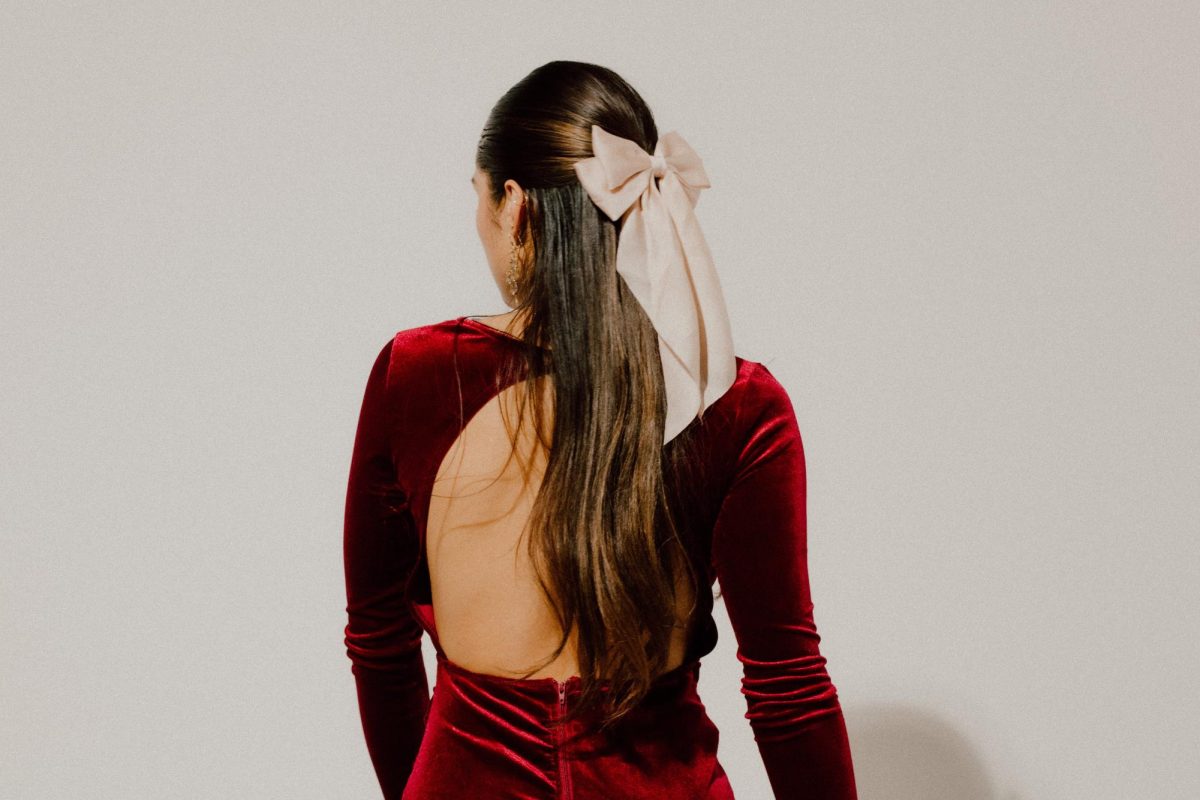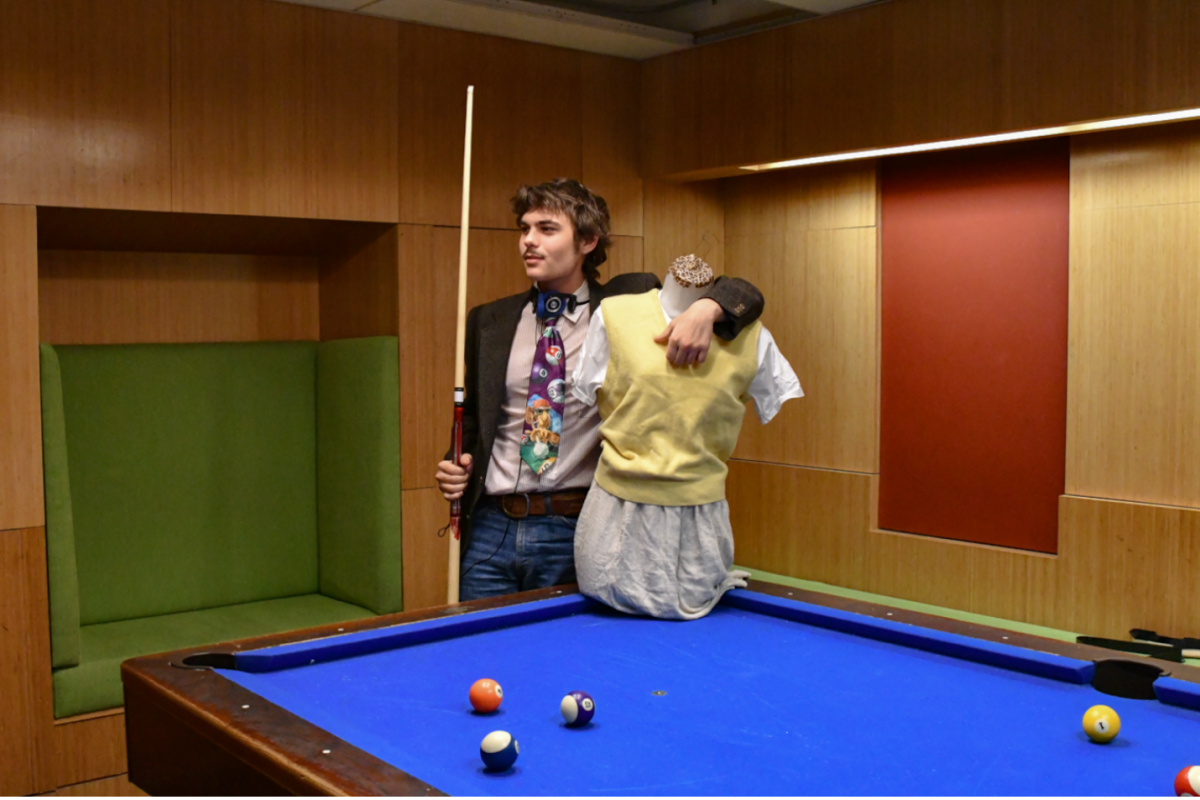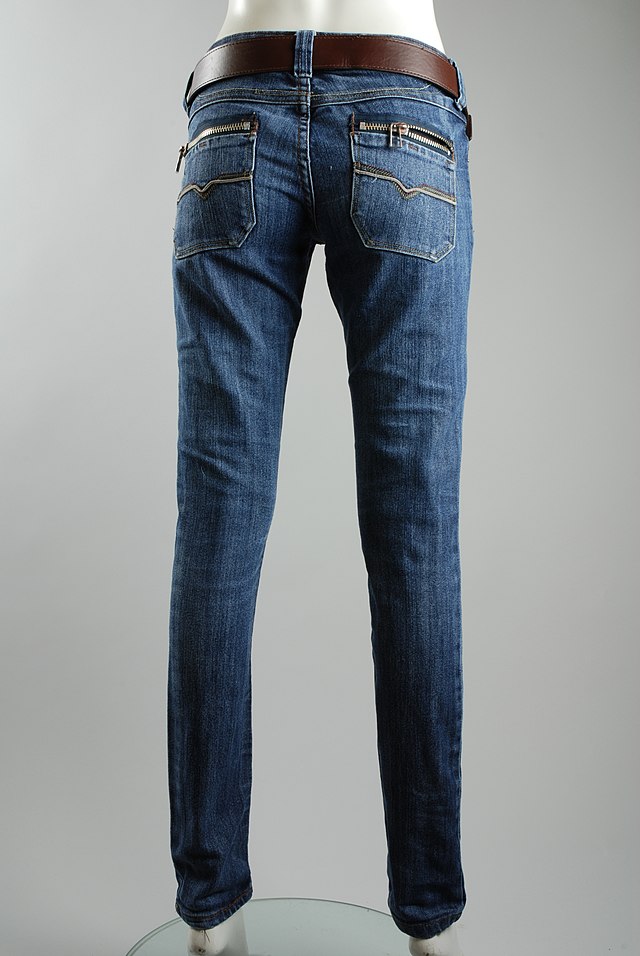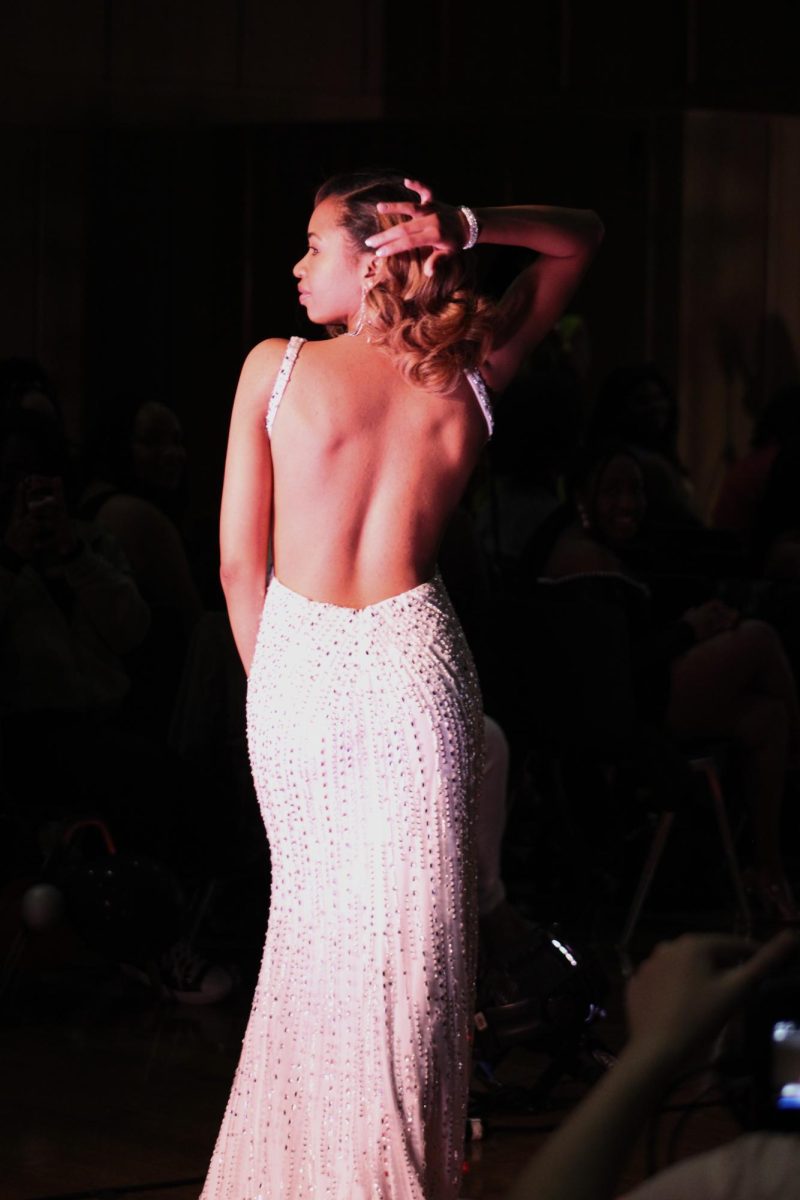
The high point of ready-to-wear fashion is the bi-annual Paris Fashion Week, where dozens of designers and major fashion houses showcase their new looks on runways in the French capital. While it is no longer the cultural center of the world, the city’s reputation as “the place to be” in fashion has not faded.
The fashion week circuits, which occur twice a year for the spring and summer and autumn and winter seasons, start in New York, travel to London and then stop in Milan before finally landing in Paris.
Oftentimes, designers will choose just one city to showcase their new apparel in, and each city has a bevy of designers who hale from or are based in the country. New York featured showings from classic designers like Calvin Klein, Ralph Lauren and Marchesa, while London saw sets from James Long, Tom Ford and Burberry Prorsum. In Milan, Balenciaga, Dolce & Gabbana and Marni went down the runway. Paris holds its reputation up by the longstanding pillars of tradition.
Fashion month comes to an end this week, but it has been an exciting season with many new trends. White and black were the predominant colors in many of the shows, a common theme in most winter collections. Ann Demeulemeester’s collection is entirely monochromatic, without the bursts of color that Christian Dior’s designs featured. Veronique Leroy used a similarly muted winter scheme that included creamy beiges and mustard tones.
Impressive, however, was the display of clashing prints. There were polka dots, pinstriped suits, checkers, thick stripes, pop art, silk prints, paisley – and the list goes on. The styles with different prints popped next to the more restrained color-blocked outfits.
In addition, many designers paired surprising combinations of fabrics, a common trend on the runway. Gaultier exemplified a range of unexpected fabrics, putting delicate skirts under hardier jackets of tartans, leather or peeps of fur. At once feminine, but not ostensibly so, the combinations are startlingly successful.
Comme des Garcons played with fabric in a similar way. The fashion house started its show with slashed houndstooth jackets and ended with playful, bright prints that look like candy wrappers from far away. In a busier manner, Vivienne Westwood layered on silk, lace and wool, giving her models a raggedy look that worked to shock but ultimately failed to meet the level of functionality that other designers achieve.
Unsurprisingly, the influence of past decades came out in many collections. Veronique Leroy’s line had a distinct 1940s quality, with belted waists and knee-length skirts. Tsumori Chisato’s collection recalled the 1920s with its dramatic silhouettes covered by long capes and dropped waists, as did Viktor & Rolf, who placed belts at the waist. Belts were present in almost every show, varying from thick bands to skinny strips. Though the look of each belt was different, each had the same goal: to accentuate the waist for a feminine touch.
This year, accessories presented an unusual amount of diversity. While they typically pale in comparison to the far more exciting ensembles, this season there were many that stood out. For instance, the jewelry in Gaultier’s show was big and chunky, yet delicate. One choker was a thick leather cord around the model’s neck with tiny chain mail links down to the décolletage.
Hats were also frequently added to model’s looks. Demeulemeester had simple black and white hats with two skinny feathers, while Comme des Garcons had their models in headpieces that looked like parts of coral reefs. Chisato’s models wore small, tight caps. Bows and ruffles abound in the designs, and especially in Viktor & Rolf’s show, where simple dresses were covered in swaths of shaped fabric. Alternately, Demeulemeester showed long, flowing dresses and loose tops, channeling an updated pioneer girl look.
Another surprise was the height and shapes of shoes. In order to stand out, heels tended to lean toward art pieces rather than functional footwear, but many of the shows instead opted for low or no heels, in an effort to aim for wearability. In celebration of its roots in French fashion, Dior had models walk down the runway in 18th century inspired heels, while their bags and clothes were decorated with prints of shoes.
With Paris Fashion Week still in progress, many designers have yet to present their showcases, but there have already been enough new looks to last the season. Some designers once again proved their ability to innovate, while others failed to match the success of their earlier shows. However, until the last model of the last show walks down the runway, the fashion world has yet to conclusively declare what this season’s trends will be.
Araz Havan can be reached at [email protected].


















9000mah行動電源 • Jun 21, 2013 at 6:56 am
woh I enjoy your posts , saved to bookmarks ! .